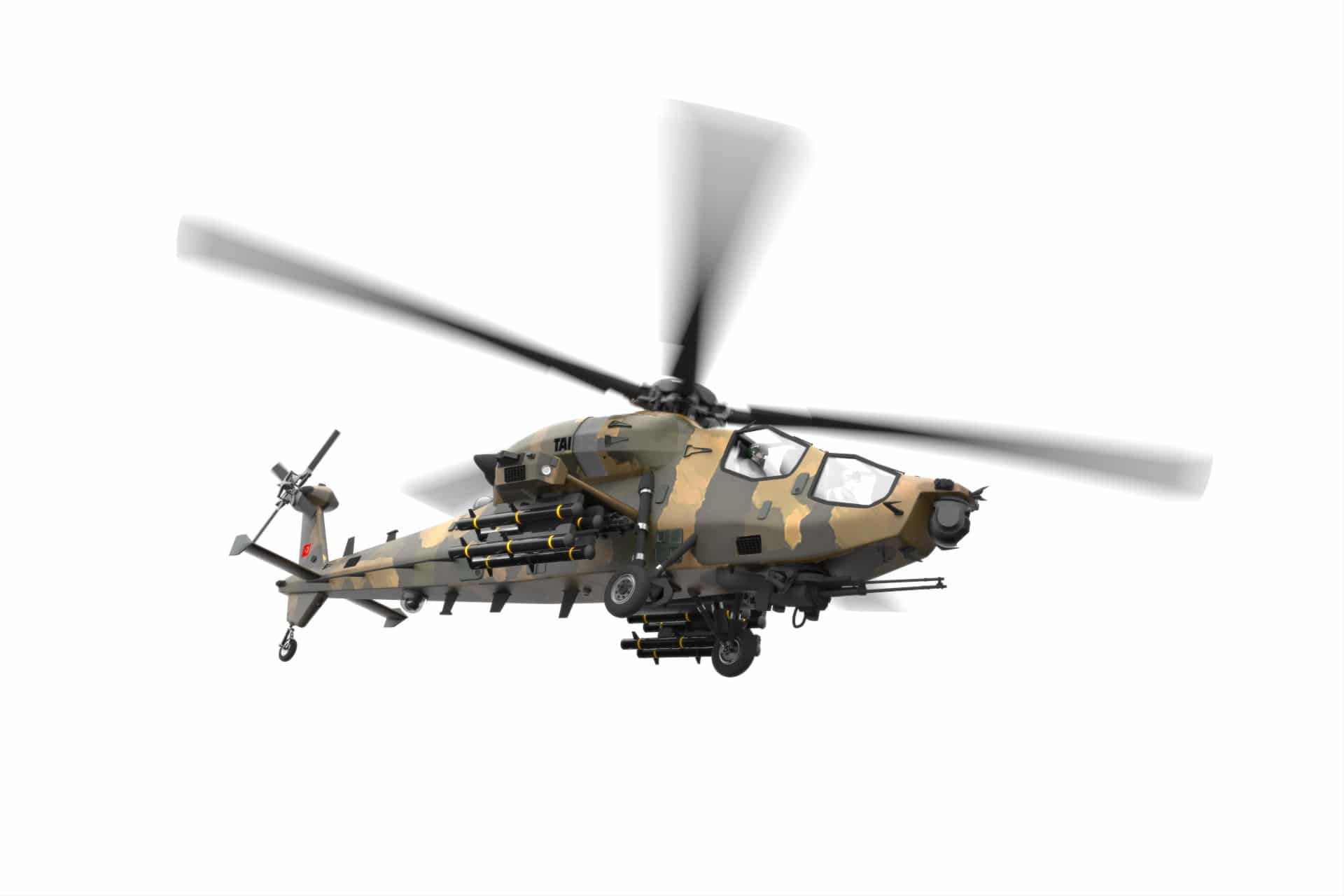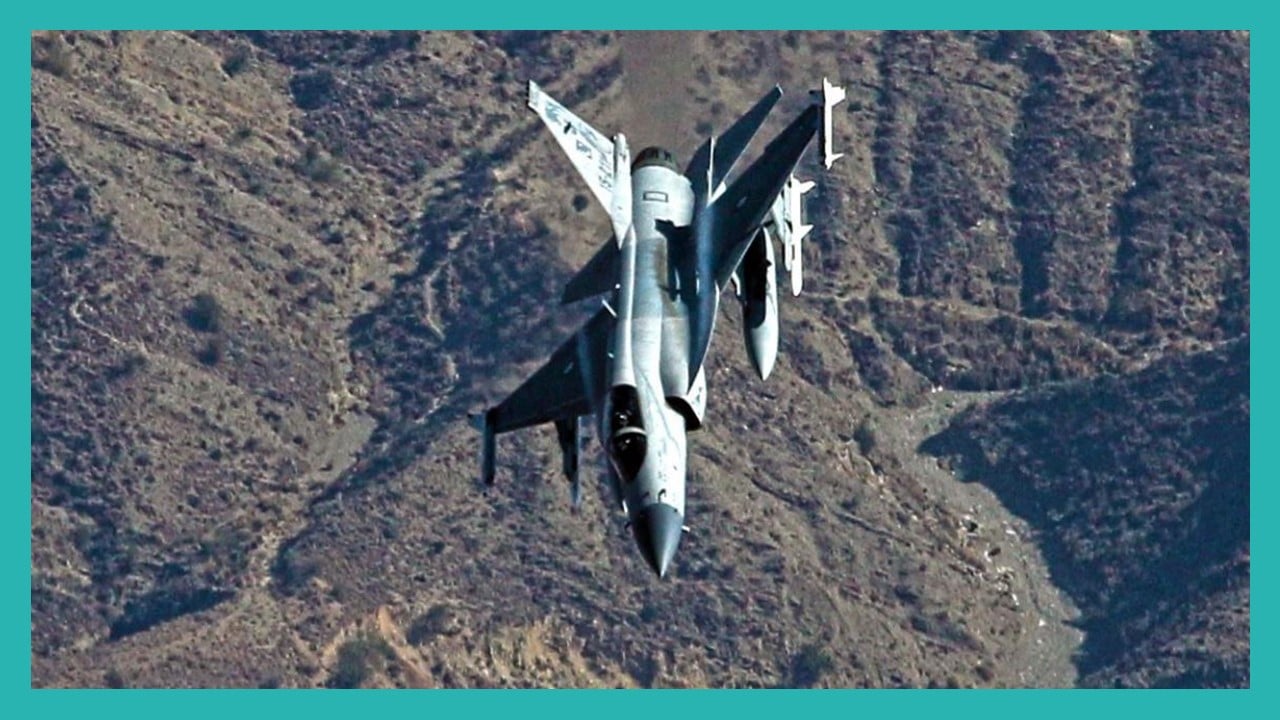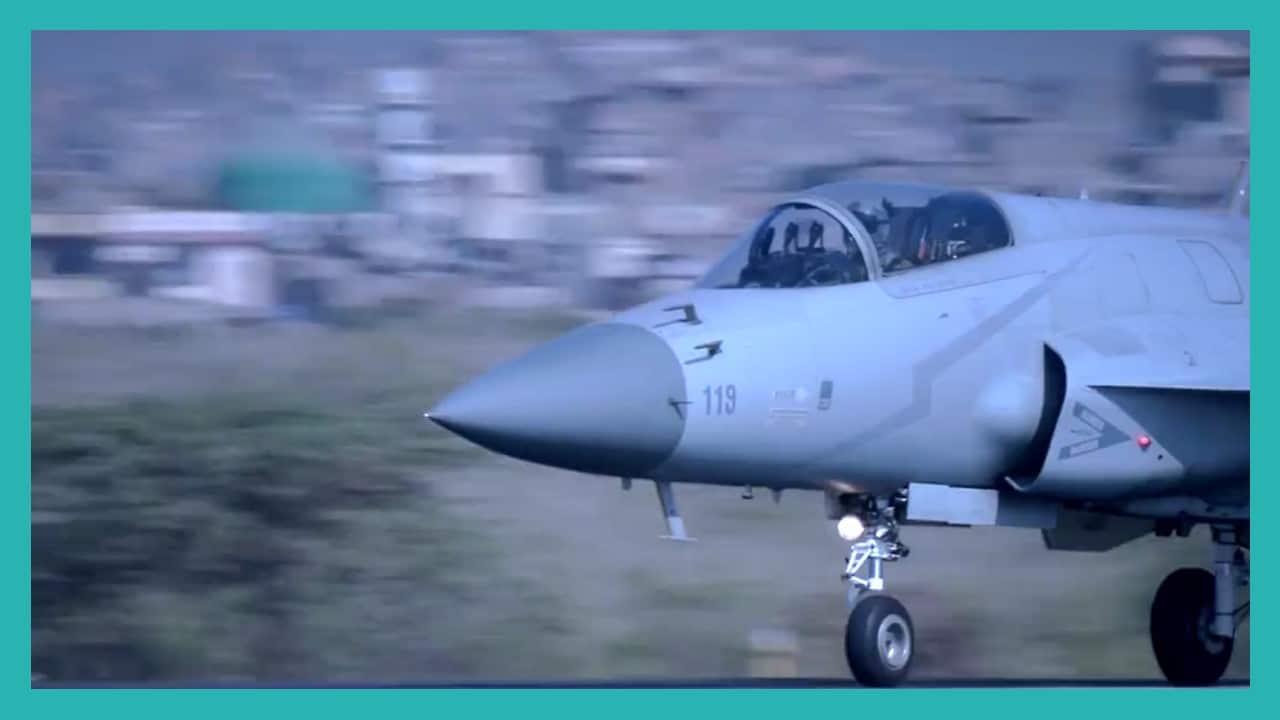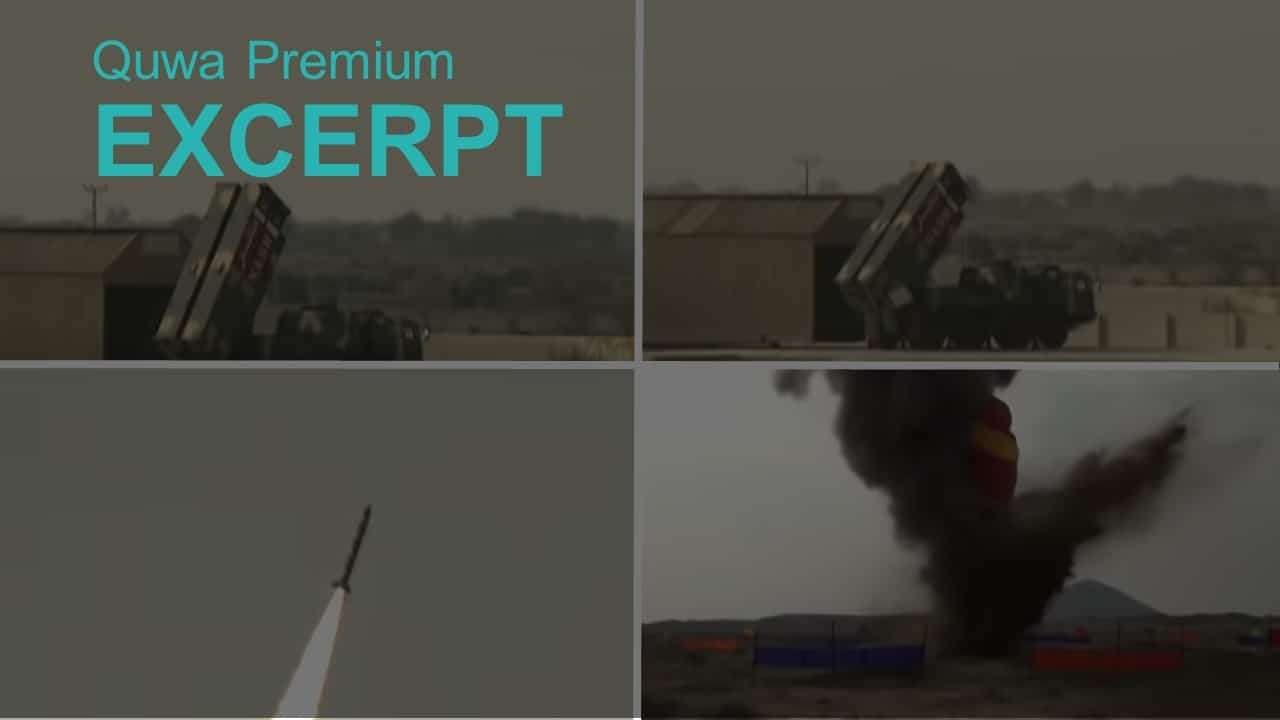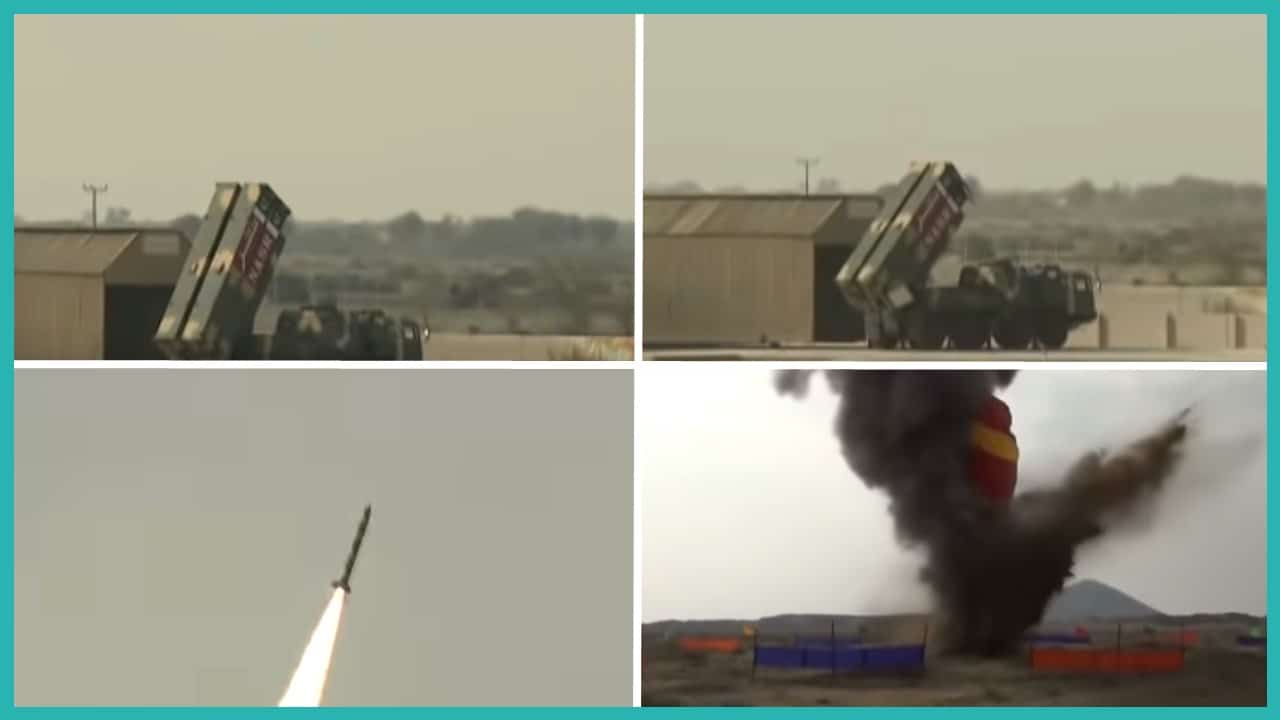On 22 July 2017, the Turkish Presidency of Defense Industries (SSB) announced that the Turkish Air Force and Turkish Aerospace Industries signed onto the Hürjet program. With a target flight date of 2022 (or 2023), the Hürjet will serve as a lead-in-fighter-trainer…


